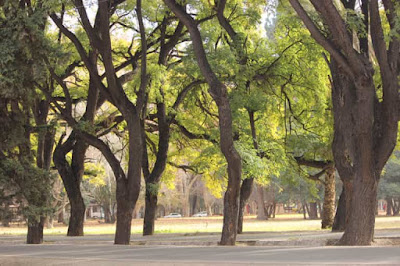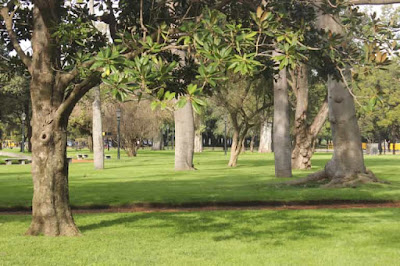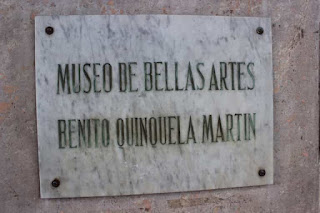The non-stop from LA is a nearly five hour flight. (The same as Buenos Aires to Lima) We didn't get pre-check, but they bumped us up to first class which was nice. The lights below us kept reminding me we had left LA, not Seattle. Eventually, the descent began. It was 3:30am and when I looked out the window, I could see bits of the Chugach peaks and glaciers, though the ground was still fairly dark despite the dawning horizon.
Soon we were home. It was hot and stuffy when we opened the door. We dragged our stuff in and found the box of mail our house sitter had gathered. He also left our fridge with lots of goodies including Korean takeout. Thanks C!
After sorting some mail - why did GCI send us a bill? We don't have GCI. The bill was for $0, but why? I crashed and slept til about 10am. The toilet upstairs had been disabled - the note said it kept filling with water, so this was to shut it off. The deck was full of aphid sap or honeydew - from Wikipedia:
"Honeydew is a sugar-rich sticky liquid, secreted by aphids and some scale insects as they feed on plant sap. When their mouthpart penetrates the phloem, the sugary, high-pressure liquid is forced out of the anus of the aphid. Honeydew is particularly common as a secretion in hemipteraninsects and is often the basis for trophobiosis.[1] Some caterpillars of Lycaenidae butterflies and some moths also produce honeydew.[2]Honeydew can cause sooty mold—a bane of gardeners—on many ornamental plants. It also contaminates vehicles parked beneath trees, and can then be difficult to remove from glass and bodywork. Honeydew is also secreted by certain fungi, particularly ergot.[3]Honeydew is collected by certain species of birds, wasps, stingless bees[4] and honey bees, which process it into a dark, strong honey(honeydew honey). This is highly prized in parts of Europe and Asia for its reputed medicinal value. Parachartergus fraternus, a eusocial wasp species, collects honeydew to feed to their growing larvae.[5] Recent research has also documented the use of honeydew by over 40 species of wild, native, mostly solitary bees in California.[6]"
This leaf is full of shiny, sticky honeydew as is the wood of the deck. In fact the whole deck was sticky as were the deck chairs. Eventually I hosed it down so we could sit out there.
Also did some serious watering in the yard. The record high temperatures along with the lack of rain has had a serious effect in the yard. Our house sitter did water the raspberries up on the top of the hill. It's odd though - parts of the yard look fine - the high bush cranberry is lush and the little ferns are healthy, but in other parts, some are wilted, even crinkly dried out. And there's new planting work I didn't finish due to the rebuilding of the deck. Lots of cotton wood shoots here and there.
Emptied suitcases - well we each had a small rollon suitcase and backpack, so not too much. Found the things that seemed to be missing - a t-shirt I'd bought in Buenos Aires as well as a puzzle for my San Francisco nieta. (A much easier word to write than granddaughter.)
Then I double checked on Youtube about what I needed to fix the toilet - here's the seal that was the problem - and rode over to get a new seal.
My route to Lowe's let's me bike through the Helen Louise McDowell Sanctuary, which was particularly relaxing yesterday. The vegetation is shrinking the boardwalk a bit. Nature landscaped this park, not CarlosThays. People just added the boardwalks.
Got my new seal and rode home. Not all the way as wonderful as the Sanctuary. Also had to ride along Tudor. But after Buenos Aires and Santiago, Tudor, one of Anchorage's busiest streets, looks pretty rural. But it was a hot Sunday so there wasn't much traffic. And the air is still smoky, hazing the mountains in the background.
It's nice to be doing this post on my MacBook instead of the iPad I got for the trip. Blogger works here without all the bugs it has on the iPad. But I did figure out some workarounds to make it possible to post, though not easily. I might do a post on that for people struggling with it.
More to do as we ease back into Alaska.













































